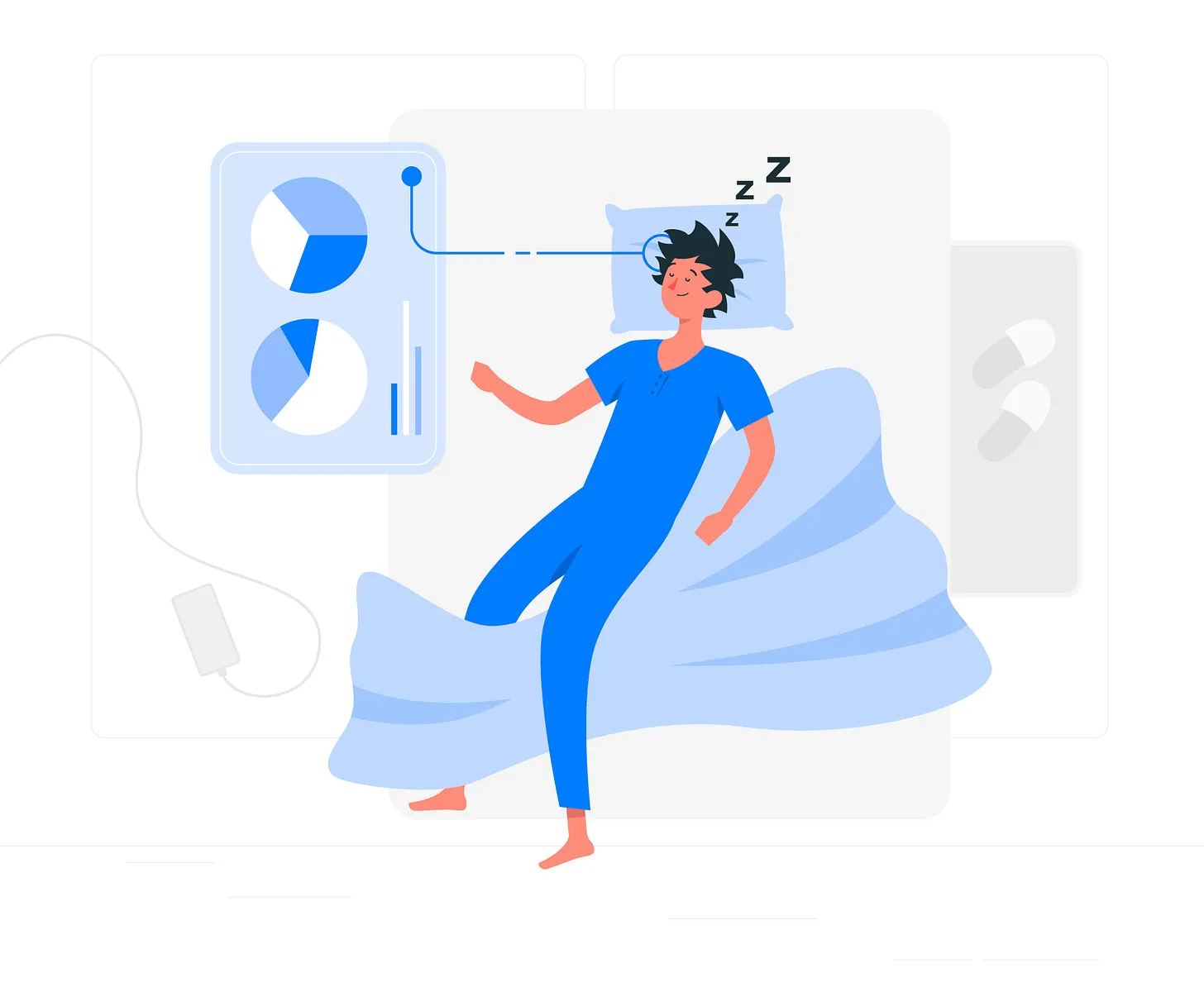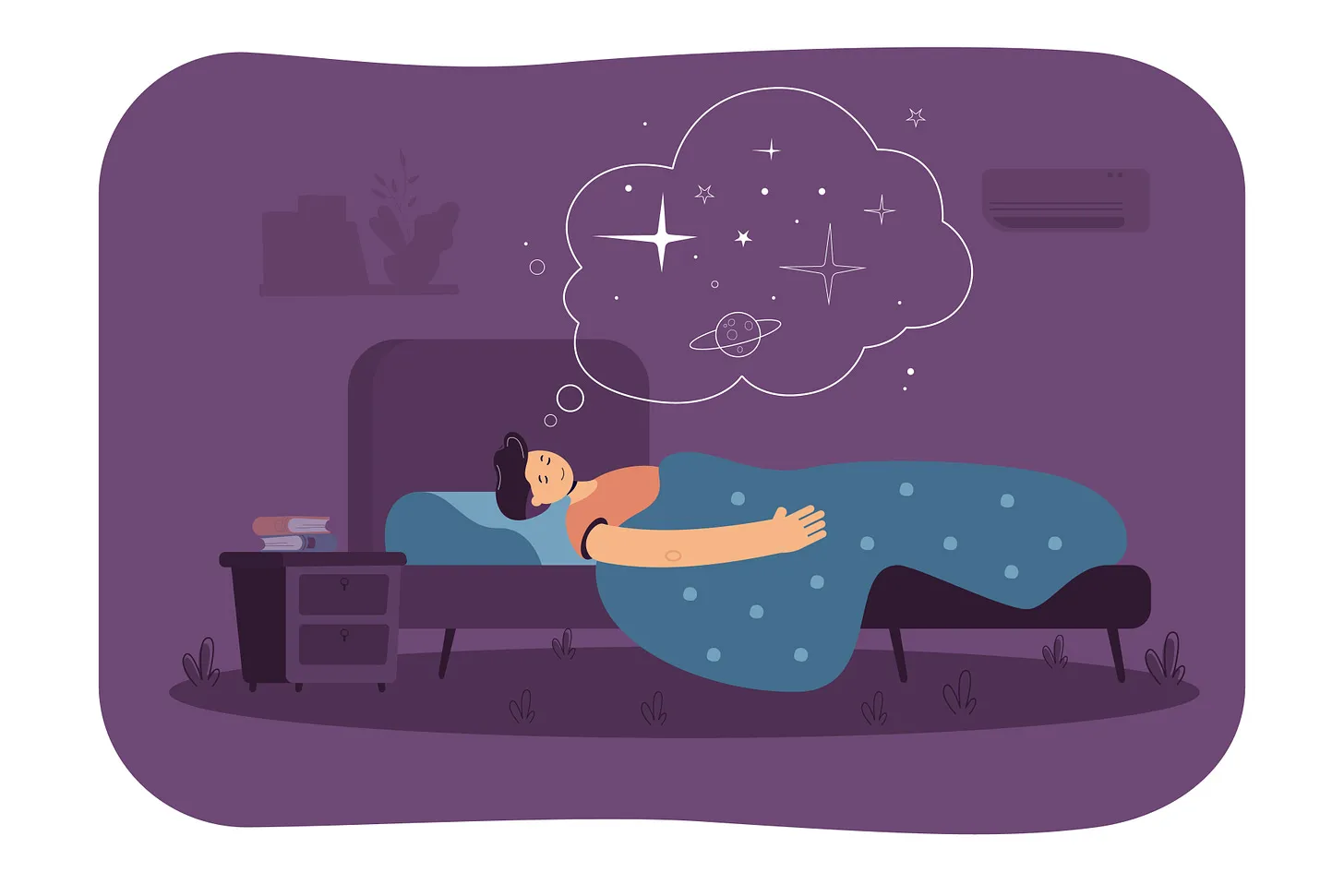In the past, most people with suspected sleep apnea were found during a routine examination or when a loved one reported snoring and nighttime episodes of apnea (moments when breathing stops). Nowadays, with the increasing use of wearable devices, people are sometimes noticing that their nighttime blood oxygen is lower than what they see during the day. Although no wearable oxygen monitoring device has been cleared by the FDA for clinical use, the data these devices capture can provide people with a helpful prompt that further investigation is needed.
For most people, normal blood oxygen is above 95%. Depending on factors such as altitude or chronic conditions, some people will have oxygen levels that are between 88-95%. People with sleep apnea may have normal blood oxygen levels during the day, but during nighttime episodes of apnea, blood oxygen levels can drop to the low 90s, 80s or even 70s.
If this sounds like you, it may be time to chat with your doctor. Here is what you might expect when you’re being evaluated for sleep apnea.
 on Freepik
on Freepik
First, a conversation. Your doctor will ask about your sleeping habits and about any symptoms you have experienced.
Do you feel really sleepy during the day? Any fatigue? Has anyone witnessed episodes of apnea?
All of the information from this conversation will help you and your doctor figure out if there is anything else that could be causing your symptoms.
Next, a physical exam. Your doctor will obtain your vital signs and do a physical exam to look for other clues that may help in the diagnostic process.
Finally, a sleep test. A sleep study is necessary to diagnose sleep apnea. Your doctor will help you decide whether an at-home sleep test or an in-lab sleep test is right for you. This will depend on your symptoms and other factors.
In-lab sleep studies have different protocols to assess your sleeping and to determine the right therapy. At-home sleep tests use portable monitoring devices. There are many to choose from, but according to the American Academy of Sleep Medicine, it is important that the portable device record at least airflow, respiratory effort, and blood oxygenation. Your doctor will help you obtain the right device, which will come with instructions for use. Most of the time there are a few sensors that you have to wear on your body while you sleep — the instructions for the device will help you ensure that they are placed correctly.
The results of your sleep test will help determine whether you have sleep apnea and what the next steps will be. The importance of diagnosing and managing sleep apnea cannot be understated as it has been linked to an increased risk for cardiovascular events.
 on Freepik
on Freepik
If you are concerned that you or your loved one might have sleep apnea, check out Empirical Health.
Get your free 30-day heart health guide
Evidence-based steps to optimize your heart health.
